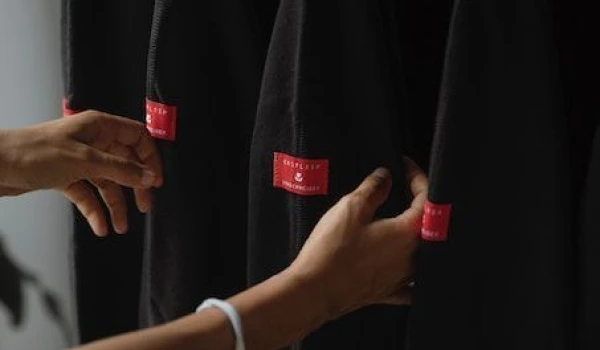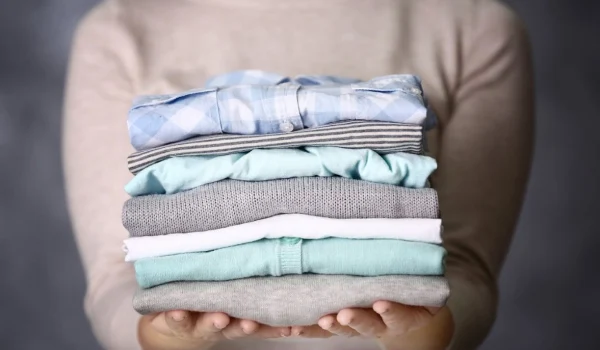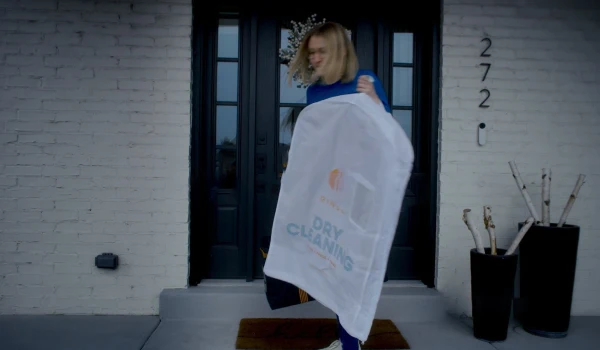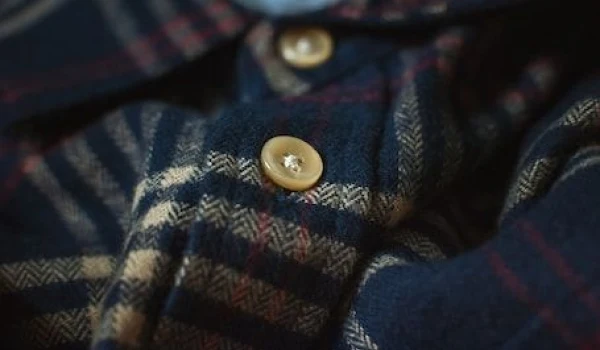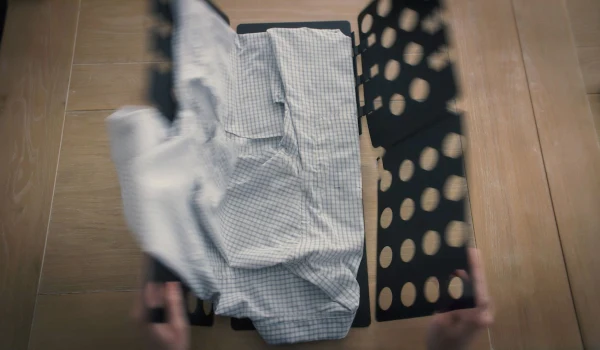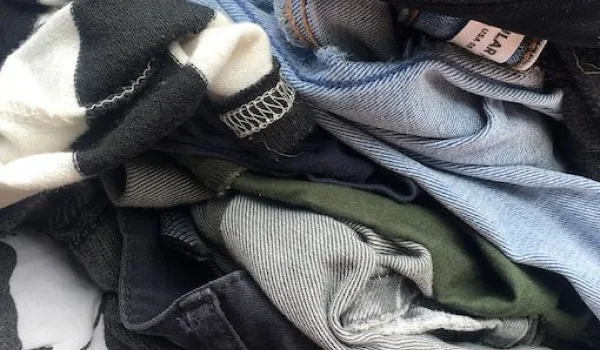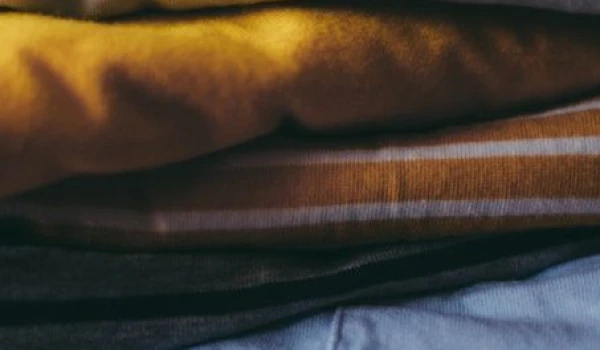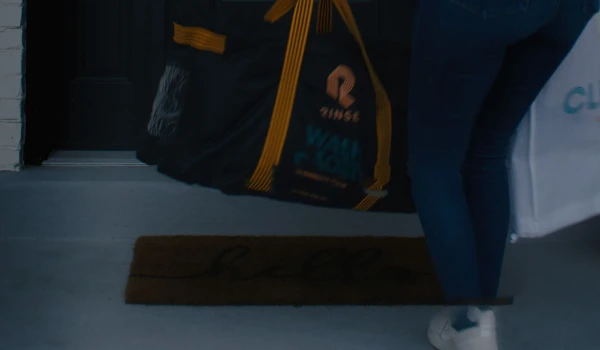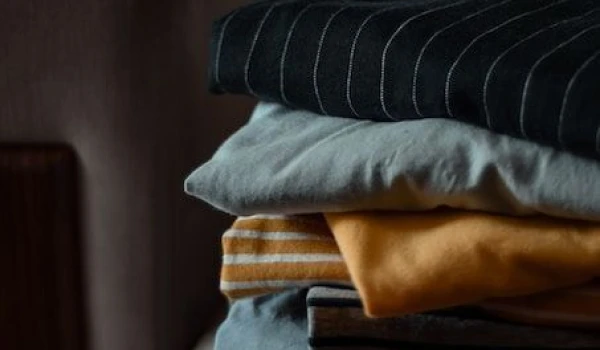Introduction
Stains are an unavoidable part of life, from spilled coffee during the morning rush to accidental grease splatters while cooking. However, not all stains are the same and each type of stain requires a different approach. Using the correct method for each stain is crucial to preserving the integrity of your clothes and keeping them looking fresh.
In this guide, we’ll cover the most common types of stains and provide practical strategies, including pre-treatment, to effectively remove them. By using the appropriate method for each scenario, you’ll significantly increase your chances of saving your favorite garments.

9 Types of Stains and How to Remove Them
From the dark stains caused by coffee to the greasy blotches left by oil, tailor your approach to each stain. Below are eight types of stains and detailed steps to pre-treat and remove them effectively.
1. Coffee Stains
Coffee stains are notorious for leaving a brown, noticeable mark on clothes. If not treated promptly, they can become more stubborn over time. Quick action is key to removing coffee stains before they set into the fabric.
How to remove coffee stains in 4 steps:
-
Blot the excess liquid: Start by blotting the coffee stain with a clean cloth or paper towel. Avoid rubbing, as this can cause the stain to spread.
-
Pretreat the stain: Apply a stain remover or a small amount of liquid laundry detergent directly to the stain. Let it sit for about 5 minutes to penetrate the fabric.
-
Rinse with cold water: Run cold water through the back of the stain to flush out the coffee.
-
Wash as usual: After pre-treating and rinsing, launder the garment using liquid detergent. Check the stain before drying to ensure it’s fully removed.
2. Ink Stains
Ink stains can be one of the most challenging types of stains to remove, particularly from clothing or fabric. Quick action, combined with the right stain remover, will help prevent the ink from permanently setting.
How to remove ink stains in 4 steps:
-
Blot the excess ink: Use a clean cloth or paper towel to absorb as much ink as possible without rubbing.
-
Pretreat the stain: Dab rubbing alcohol onto the stain using a cotton ball or cloth. The alcohol will help dissolve the ink. Let it sit for a few minutes.
-
Blot with a clean cloth: Use another clean cloth to blot the ink stain until the ink transfers to the cloth.
-
Rinse and launder: Rinse the fabric under cold water and wash it with laundry detergent. For stubborn ink stains, repeat the process or use a dedicated ink stain remover.
3. Wine Stains
Red wine stains can seem daunting, but with the right method, they can be removed before they set. Red wine stains tend to soak deeply into fabrics, so acting fast is essential.
How to remove wine stains in 5 steps:
-
Blot the spill: Quickly blot the wine with a clean cloth to absorb as much liquid as possible.
-
Pre-treat with stain remover: Apply a stain remover or liquid detergent to the affected area and let it sit for a few minutes.
-
Sprinkle salt on the stain: Salt acts as an absorbent and can help draw out the liquid from the fabric. Let it sit for about 10 minutes.
-
Rinse with cold water: Flush the area with cold water to rinse away the stain and salt.
-
Wash with detergent: Wash the garment with a liquid laundry detergent, and inspect the stain before drying to ensure it’s gone.
4. Grease Stains
Grease stains, especially from cooking oils or butter, are tricky because of their oily nature. A good stain remover combined with pre-treatment can help lift the grease from the fabric.
How to remove grease stains in 4 steps:
-
Blot the excess grease: Blot the stain with a paper towel to remove as much grease as possible.
-
Pretreat with dish soap: Apply dish soap or a specialized stain remover for grease to the stained area and let it sit for 5-10 minutes.
-
Sprinkle with baking soda: Baking soda helps absorb the grease. Sprinkle it on the stain and leave it for 15 minutes, then brush it off.
-
Wash as usual: Launder the garment with a liquid laundry detergent, and check the stain before drying.
5. Blood Stains
Blood stains can become difficult to remove if left untreated for too long. Pre-treating with a stain remover and avoiding hot water are essential to ensure the blood doesn’t set.
How to remove blood stains in 4 steps:
-
Rinse with cold water: Always use cold water to rinse blood stains. Hot water will cause the stain to set.
-
Pretreat with hydrogen peroxide: Apply hydrogen peroxide to the stain, allowing it to fizz and break down the blood. Let it sit for a few minutes.
-
Blot the area: Use a clean cloth to blot the blood and remove excess peroxide.
-
Wash with detergent: Launder the fabric with a liquid laundry detergent. If the stain remains, repeat the process before drying.

6. Sweat Stains
Sweat stains, particularly on white clothes, can lead to unsightly yellowing if not properly treated. The key to removing sweat stains is pre-treating with an effective stain remover.
How to remove sweat stains in 4 steps:
-
Soak in cold water: Start by soaking the garment in cold water to loosen the sweat stains.
-
Pretreat with a baking soda paste: Create a paste using baking soda and water, and apply it to the stain. Let it sit for 30 minutes.
-
Scrub gently: Use a soft brush to gently scrub the area, allowing the paste to penetrate the fabric.
-
Wash as usual: Launder the garment with liquid laundry detergent and check the stain before drying.
7. Grass Stains
Grass stains can be difficult to remove because of the natural pigments in grass that bond with fabric fibers. Proper stain removal techniques are essential.
How to remove grass stains in 4 steps:
-
Pretreat with liquid detergent: Apply liquid laundry detergent directly to the grass stain and gently rub it in.
-
Soak in cold water: Soak the garment in cold water for 30 minutes to help break down the stain.
-
Blot the stain: Gently blot the area with a clean cloth to lift the stain.
-
Launder with detergent: Wash the fabric with liquid laundry detergent. Inspect the stain before drying to ensure it’s fully removed.
8. Makeup Stains
Makeup, especially foundation and lipstick, can leave an oily residue or a colored stain on clothes. Pre-treatment with a stain remover is critical in lifting the makeup from the fabric.
How to remove makeup stains in 4 steps:
-
Blot the excess makeup: Gently blot the stain with a tissue or cloth to remove any excess product.
-
Pretreat with dish soap or stain remover: Apply a stain remover or dish soap to the area and let it sit for a few minutes.
-
Rinse with cold water: Rinse the garment under cold water to remove the soap and makeup.
-
Wash with detergent: Launder the fabric with liquid laundry detergent. Check the area before drying to ensure the stain is gone.
9. Makeup Stains
Cleaning oil stains from clothing can be tricky, as oil tends to cling to fabric fibers. However, with the right technique, you can successfully remove the stain before it becomes permanent. Here’s a step-by-step guide to cleaning oil stains effectively:
How to remove oil stains in 4 steps:
-
Blot excess oil: Start by blotting the excess oil with a paper towel or clean cloth. Be sure to blot gently—avoid rubbing, as this will spread the oil further into the fabric.
-
Pretreat with dish soap: Apply a small amount of dish soap to the area and let it sit for a few minutes.
-
Sprinkle baking soda: For extra absorption power, sprinkle baking soda on top of the dish soap after applying it to the stain. Let the baking soda sit for 10-15 minutes. Baking soda helps absorb the oil, drawing it out of the fabric.
-
Rinse with warm water: Rinse the garment under warm water as it helps to further dissolve the oil and remove it from the fibers.
-
Wash with detergent: Launder the fabric with liquid laundry detergent. Check the area before drying to ensure the stain is gone.

Keep Your Clothes Stain-Free With Rinse
Keeping your clothes stain-free can be a challenge, especially when dealing with tough stains that don’t come out after one wash. Using the right stain remover and acting fast are essential in preserving your garments, but sometimes, stains need professional attention.
Rinse offers expert a Dry Clean service that can help keep your clothes in top shape. Whether it’s a stubborn wine stain, a pesky grease stain, or anything in between, we have the tools and expertise to remove stains while ensuring the fabric’s quality is preserved. With Rinse, you can trust that your clothes are in good hands.
For more helpful resources, read our posts on
Contact us at Rinse today to see our skill in action.

Have laundry or dry cleaning to do?
Rinse picks up, cleans and delivers 7 days a week. Amazingly awesome. Ridiculously simple.



